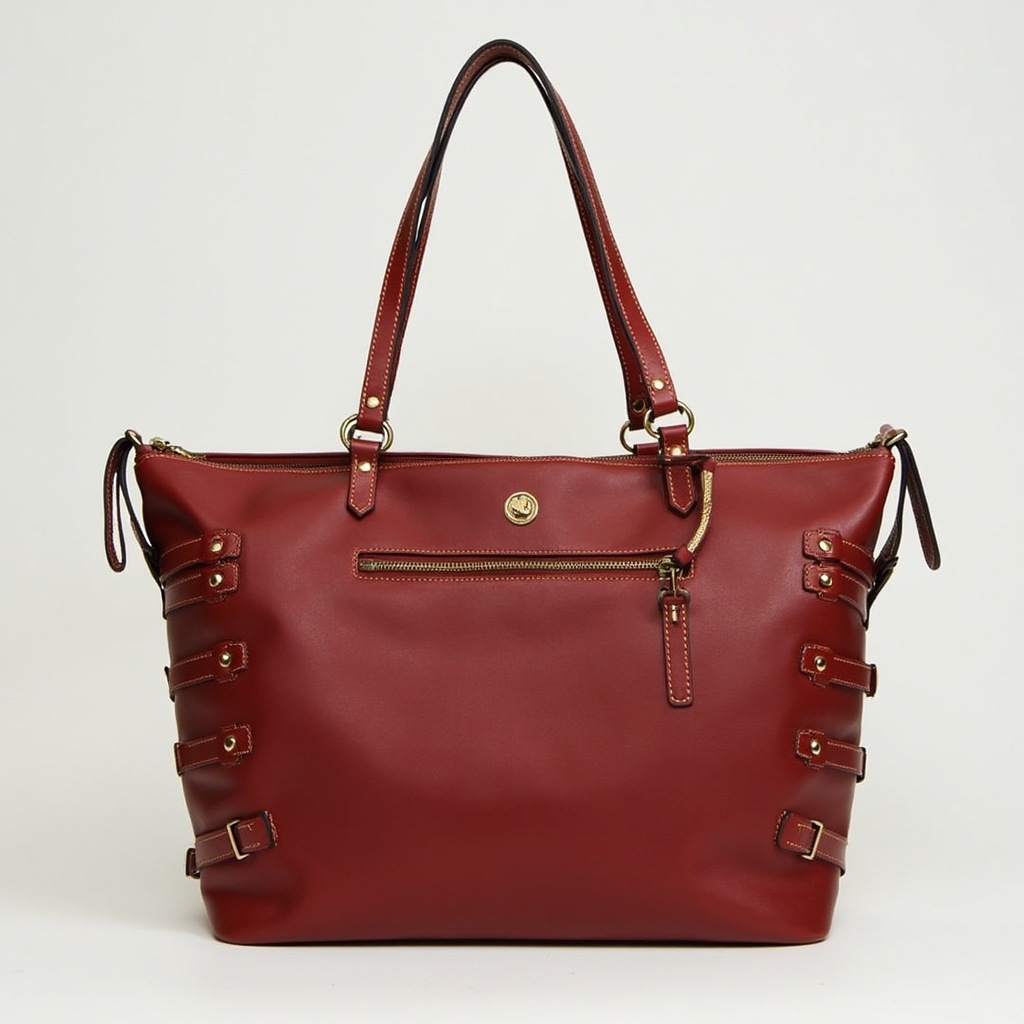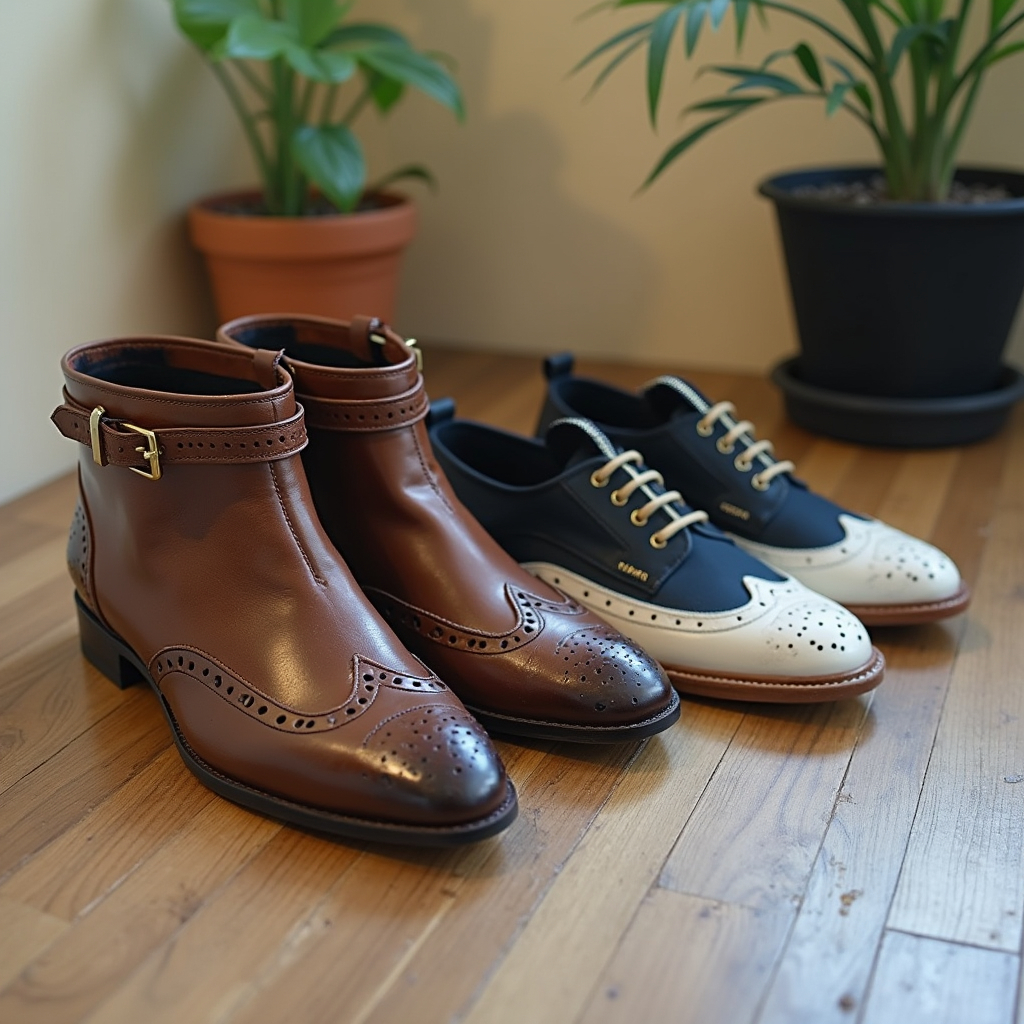Replica Designer Footwear: Quality Assessment Guide
Comprehensive analysis of replica designer footwear across all categories, examining material quality, construction standards, and authentication indicators for informed purchasing decisions.
Quality Assessment of Replica Designer Footwear
Designer footwear represents one of the largest and most diverse segments in the luxury replica market, encompassing everything from formal shoes to casual sneakers, boots, and sandals. Understanding quality variables across these categories helps consumers navigate this complex space with informed expectations.
Material Quality in Replica Footwear
Material selection forms the foundation of footwear quality, with substantial variation across manufacturers:
- Upper Materials: Premium replicas use appropriate materials (leather, suede, canvas, etc.) with proper thickness and treatment specific to the style, while lower-quality versions substitute with thin or improperly treated materials lacking proper texture and durability.
- Sole Composition: Quality replicas incorporate proper sole materials with appropriate density and flexibility specific to the design, whereas budget options use generic materials lacking specific performance characteristics.
- Interior Components: High-end replicas use comfortable lining materials and proper padding placement, while budget versions often neglect interior comfort elements despite external visual accuracy.
Material Assessment
Footwear materials face unique demands through walking motion and weight-bearing. Premium materials maintain structural integrity while allowing appropriate flex, whereas inferior materials either remain excessively rigid or collapse without proper support. Leather quality reveals itself through consistent texture and proper response to conditioning.
Construction Standards
Construction quality dramatically affects both appearance and functionality in replica footwear:
- Sole Attachment: Premium replicas feature secure sole attachment with proper techniques specific to the style (stitching, welting, cementing), while lower-quality versions use basic attachment methods prone to early separation.
- Upper Assembly: Quality replicas maintain precise panel alignment and secure joining methods, whereas budget options often show inconsistent assembly or vulnerable seam points.
- Structural Support: Higher-end replicas incorporate proper internal support elements (shanks, counters, toe boxes), details often omitted in budget versions affecting both comfort and longevity.
Authentication Guide by Footwear Category
Formal Footwear
Luxury dress shoes present specific quality considerations in the replica market. Authentication points include:
- Construction method accuracy (Goodyear welt, Blake stitch, etc.)
- Leather quality and appropriate finishing
- Sole edge treatment and staining consistency
- Interior lining attachment and finishing
Athletic and Sneaker Styles
Designer sneakers feature distinctive elements that aid in authentication:
- Material combinations and panel alignment
- Midsole density and finishing quality
- Brand-specific details and execution precision
- Weight distribution and balance
Boots and Weather Footwear
Structured footwear authentication focuses on:
- Upper material thickness and appropriate treatment
- Weather protection feature functionality
- Structural support element integration
- Heavy-duty hardware quality and attachment
Common Quality Issues in Replica Footwear
Typical issues encountered across replica designer footwear include:
- Comfort Deficiencies: Many replicas prioritize external appearance over wearability, resulting in significant discomfort during extended wear due to improper last shapes, inadequate cushioning, or poor material selection.
- Sole Separation: Lower-quality replicas often experience premature sole separation at stress points, particularly after exposure to moisture or temperature changes.
- Material Degradation: Budget replicas frequently use materials that deteriorate rapidly, with leather cracking rather than developing patina, or synthetic components breaking down under normal wear conditions.
- Structural Breakdown: Many replicas show premature collapse of essential support elements, affecting both appearance and foot health when worn regularly.
Consumer Advisory: When evaluating replica footwear, prioritize proper fit and comfort testing. Quality replicas should provide appropriate support and comfort similar to authentic pieces, while inferior options often reveal limitations through wearing discomfort that becomes apparent only after purchase.
Health Considerations in Replica Footwear
Beyond aesthetic and quality concerns, footwear directly impacts physical health through gait and support:
- Structural Support: Many replicas lack proper arch support and stability elements, potentially contributing to foot fatigue or structural issues when worn regularly.
- Impact Protection: Lower-quality replicas often provide inadequate shock absorption, transferring impact stress to joints during normal walking.
- Alignment Issues: Budget replicas frequently feature irregular heel heights or improper last shapes that affect natural gait patterns.
- Weight Distribution: Many replicas fail to properly distribute weight across the foot, creating pressure points that cause discomfort and potential skin issues.
Market Trends in Replica Footwear
The replica footwear market continues to evolve with several notable trends:
- Comfort Integration: Higher-end replicas increasingly focus on wearability alongside visual accuracy, incorporating proper cushioning and support technologies similar to authentic designs.
- Construction Transparency: More manufacturers now clearly communicate construction methods, allowing consumers to make informed decisions based on technical specifications.
- Material Advancement: Premium replica producers have introduced improved materials that better approximate both appearance and performance characteristics of authentic components.
Ethical and Legal Considerations
The replica footwear market raises several ethical and legal questions:
- Design patent and trademark protection for distinctive elements
- Health implications of improperly constructed footwear
- Labor practices in manufacturing facilities
- Environmental impact of production methods and materials
Consumers should consider these factors, particularly regarding potential foot health issues from regularly wearing improperly designed or constructed footwear.
Conclusion: Making Informed Decisions
Designer footwear represents significant investments in authentic form, making replicas appealing for many consumers. When considering replicas, evaluate:
- Individual foot structure and support requirements
- Intended frequency and duration of wear
- Balance between visual accuracy and physical comfort
- Alternative mid-tier footwear brands offering original designs with quality construction and warranties
For those seeking authentic designer footwear at reduced prices, consider outlet shopping, end-of-season sales, and pre-owned markets, which can offer authentic pieces at significant discounts, particularly for classic styles without distinctive seasonal elements.





Reviews (6) Ask a Question
SavvyShopper
April 19, 2025 at 8:11 pmComparing prices at https://www.tjluxury2020.com/clothing-c832752.html vs retail - pretty significant difference.
SophieM
May 14, 2025 at 12:55 pmThe leather quality is where I notice the biggest difference between authentic and replica footwear. After a year of wear, authentics develop a beautiful patina while replicas tend to crack and peel.
MaxW
May 14, 2025 at 12:55 pmWeight distribution in shoes makes a huge difference for all-day comfort. Most replicas get the look right but miss the ergonomic design that makes authentics comfortable for 12+ hours.
ChloeB
May 14, 2025 at 12:55 pmThe inside lining is often where corners are cut. My authentic shoes have smooth leather linings while replicas use synthetic materials that cause more friction and blisters.
JustinK
May 14, 2025 at 12:55 pmHas anyone purchased from
VanessaT
May 14, 2025 at 12:55 pmThe outsoles on quality footwear should be carefully stitched rather than just glued. This affects both durability and the ability to be resoled when worn down - authentics can usually be repaired while replicas are disposable. I recently discovered some similar items at https://www.tjluxury2020.com/SHOE-c832769.html with good reviews.
Ask a Question or Leave a Review